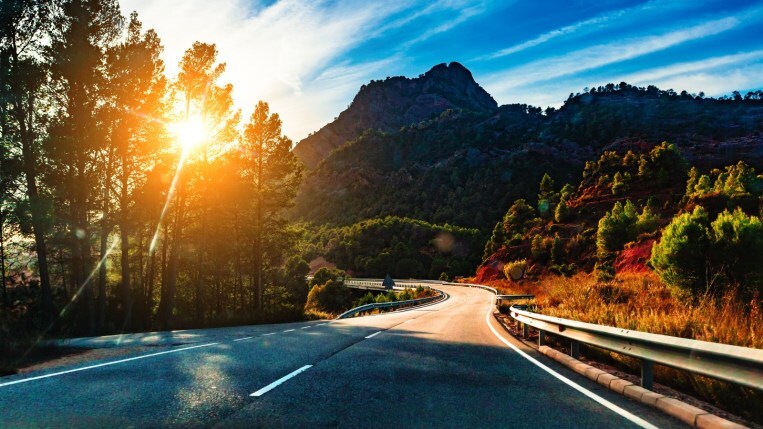
Labor Day weekend used to be the unofficial end of summer. A nationwide trend toward starting the school year earlier has nearly put an end to that. But some things don’t change. Labor Day still marks the last heavy travel weekend of the summer season.
This year, pandemic or not, millions of Americans will take to the interstates to get in one last road trip before the weather turns.
To get ready, some preparation for your car is in order. Check out our tips for a safe and enjoyable road trip.
Road Trip Checklist for Your Vehicle
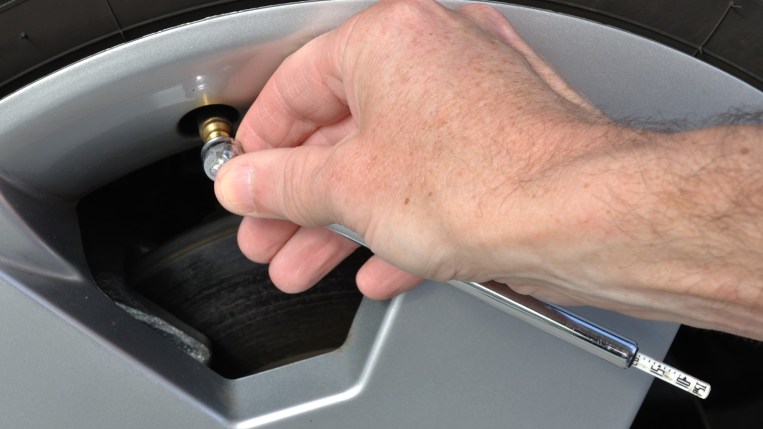
Before setting out, you’ll want to prepare the vehicle for the distance ahead. The National Highway Traffic Safety Administration (NHTSA) recommends that drivers take these steps in the days leading up to a road trip:
1. Check for Recalls
Millions of Americans are driving cars that may have safety recalls. Dealerships will always perform recall repairs for free. But their service bays can get swamped ahead of a heavy travel weekend, so check as early as possible to see if your car needs any free repairs using our recall center.
2. Get Your Car Serviced
Keeping up with your car’s maintenance schedule can help prevent costly breakdowns. Check our maintenance pricing and service schedules page to see if your car is due and what it may cost. If it’s time for a coolant flush, tire rotation, or other maintenance procedure, get it done before the holiday rush. If it isn’t, consider having a mechanic check the oil, battery status, and tire tread before you leave. It’s worth running it by a dealership or auto repair shop when you’re not sure whether any of the three are overdue.
RELATED STORIES: Car Maintenance Guide: Everything You Need to Know
3. Know Your Car
If you’re driving your own car, you’re probably set on this checklist item. If you’re renting, pick up the car at least a few hours before the road trip to familiarize yourself with the vehicle. Think of all the different types of driver assists and safety features you can use.
4. Plan Your Travel and Route
Check road conditions, weather, and traffic so that you know what you’re getting into.
5. Stock Your Vehicle With a Safety Kit
NHTSA recommends that drivers carry:
- Cell phone and charger
- First aid kit
- Flashlight
- Flares and a white flag
- Jumper cables
- Tire pressure gauge
- Jack (and ground mat) for changing a tire
- Work gloves and a change of clothes
- Basic repair tools and some duct tape (for temporarily repairing a hose leak)
- Water and paper towels for cleaning up
- Nonperishable food, drinking water, and medicines
- Extra windshield washer fluid
- Maps (if you don’t use phone or car navigation systems)
- Emergency blankets, towels, and coats
Road Trip Safety Tips
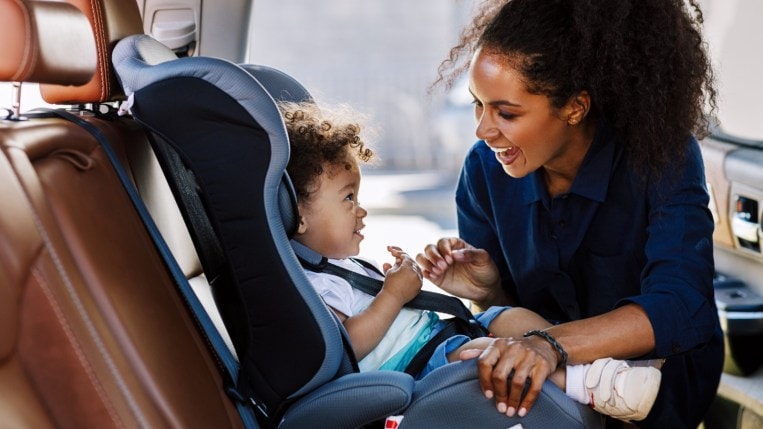
Once you’re on the road, safety is about paying attention to the road and keeping yourself alert. To that end:
Drive at Non-Peak Times
Late afternoon and early evening can be the worst times to be on the road. Avoid peak traffic times for a long weekend by leaving early Friday or Saturday morning so that you’re well on your way when the travel rush kicks in. For the trip home, leave early Monday, or better yet, give yourself an extra day and travel on Tuesday. That way, everyone else is out of the way.
Limit Nighttime Driving
In 2017 (the most recent year for which statistics are available), 79% of Labor Day weekend traffic fatalities happened at night. It’s best to limit nighttime driving, especially in inclement weather.
Let a Passenger Handle Traffic Apps and Entertainment
We’re huge fans of Waze and Google Maps. These navigation tools can route any driver around traffic, provide updates on travel time, and even keep you alert by warning of road hazards. Remember to keep your hands on the wheel and put a passenger in charge of the navigation and the music or podcast selection.
Take Frequent Breaks
Getting out of the car is good for everyone, especially the driver. The best way to avoid feeling tired behind the wheel is to give yourself a regular change of scenery, and there’s no better way to do that than pulling over every few hours and stretching your legs.
Share the Driving
If your road trip involves multiple qualified drivers, let everyone take a turn handling the stress of driving and a turn relaxing in the passenger’s seat. It’s good for everyone’s nerves and sets the right tone for the weekend.
Buckle Up
Do we really need to say this? According to the Journal of the American Medical Association, accidents were the fourth leading cause of death for Americans in 2020. During the COVID-19 pandemic, when the total number of miles Americans drove plummeted, traffic deaths actually went up.
Pack Masks
Speaking of the COVID-19 pandemic, whether everyone in your car is vaccinated or not, you may not be familiar with local mask mandates in every jurisdiction you pass through. To make things easy, keep masks on hand for everyone traveling so all can take part in any road trip stop.
Labor Day Holiday Driving Outlook
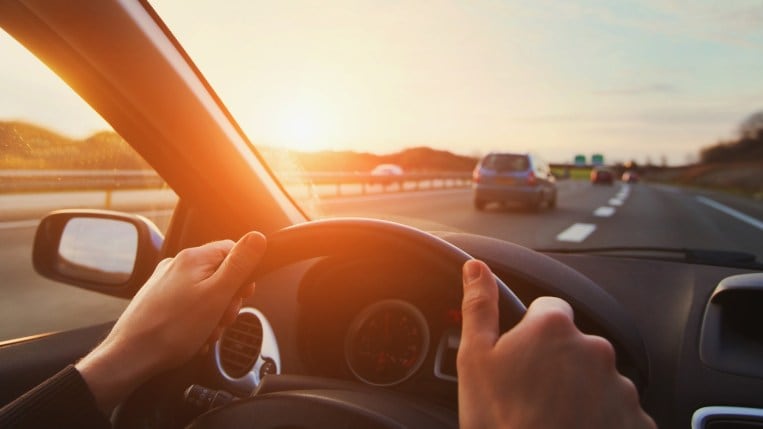
Labor Day weekend used to be such a heavy travel time that AAA would provide an estimate of nationwide traffic before it started. Since 2016, the organization stopped tracking this particular travel weekend.
A nationwide trend toward an earlier start to the school year has meant fewer families on the road in many parts of the country. This year, many school systems shifted their start dates earlier, too, after a year or more of online school in response to the COVID-19 pandemic. So that makes it even harder to predict traffic ahead of time.
“As summer comes to a close, travel volumes around Labor Day are expected to remain high,” says AAA spokesperson Julie Hall.
Hotel booking site Orbitz reports that traditional outdoor getaways like national parks and beaches are seeing a spike in reservations, as are major cities outside the southeast.
Competitor Expedia reports that the average Labor Day weekend traveler has reserved three nights for their getaway this year instead of the usual two.
What You Can Expect to Pay for Gas
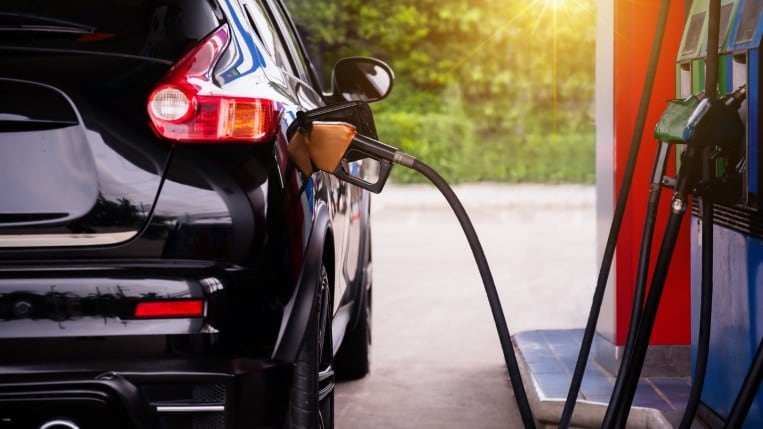
One thing AAA is comfortable predicting this Labor Day: Gas prices continue to go up.
In a typical year, they rise slightly as the travel weekend approaches. Labor Day weekend 2021 is complicated by the aftermath of Hurricane Ida. The storm, still a tropical depression currently making its way across the southeast and back toward the Atlantic, left a trail of damage through the Gulf Coast. It led to the evacuation of more than 95% of active oil drilling platforms. About 20% of the nation’s oil refineries shut down ahead of the storm, and many may be without power for weeks.
The nationwide average cost of a gallon of gasoline sat at $3.16, as of this writing, up just 1 cent from the price a week before Ida. But gasoline futures climbed by 20 cents per gallon ahead of the storm, suggesting that price increases may be on the horizon.
RELATED STORIES: How to Get Better Fuel Economy in Your Vehicle
This year brought a shortage of tanker truck drivers who move gasoline to stations. With that in mind, AAA recommends that drivers heading out on road trips fill up their vehicles once they hit the quarter tank level, in case they should encounter any areas where shipments got delayed.
See the Most Fuel-Efficient Cars in Every Class
Read More Stories on Road Trips, Etc.
"car" - Google News
September 01, 2021 at 05:16AM
https://ift.tt/3kDIuRG
Road Trips: A Car Checklist, Plus Safety Tips for Driving - Kelley Blue Book
"car" - Google News
https://ift.tt/2SUDZWE
https://ift.tt/3aT1Mvb
Bagikan Berita Ini














0 Response to "Road Trips: A Car Checklist, Plus Safety Tips for Driving - Kelley Blue Book"
Post a Comment